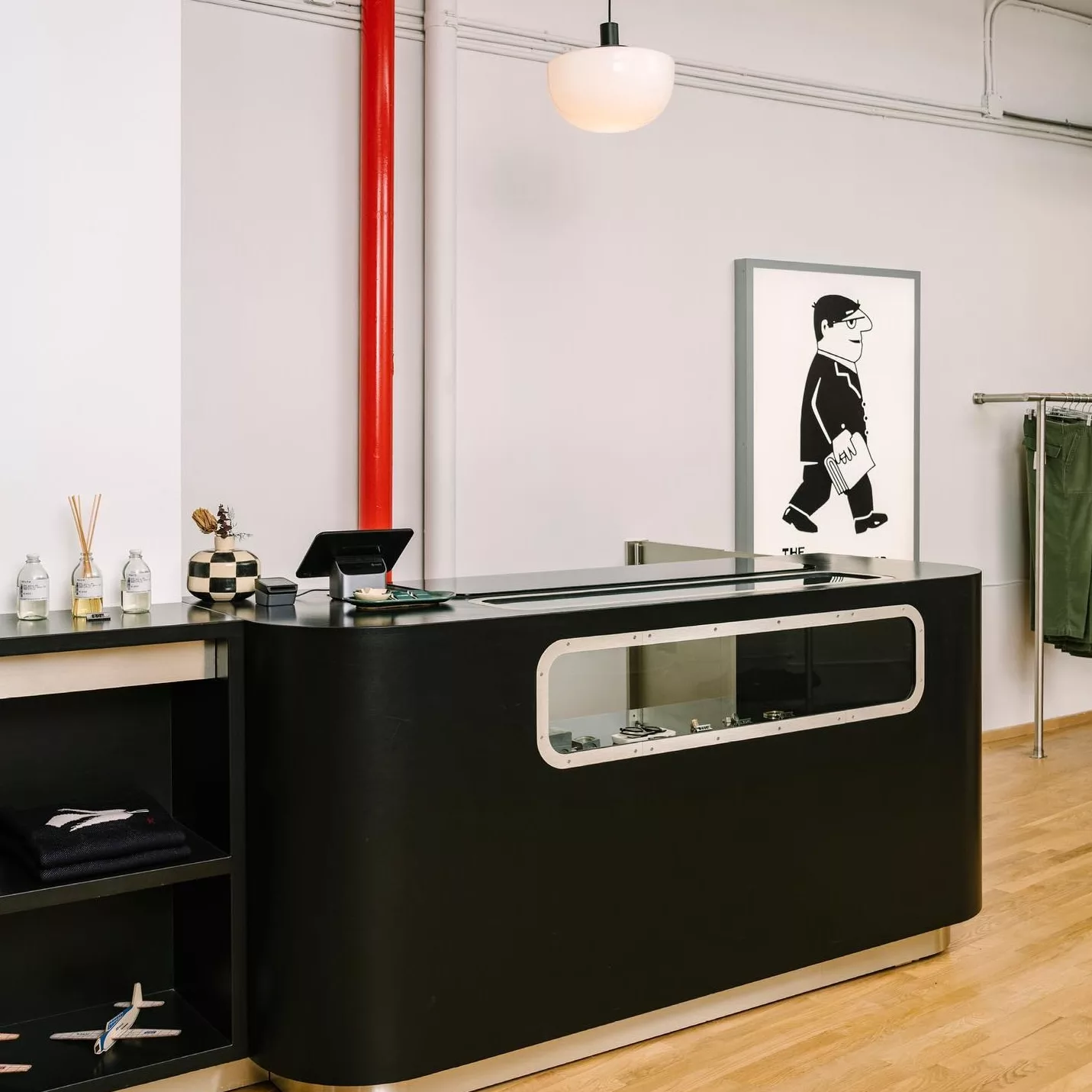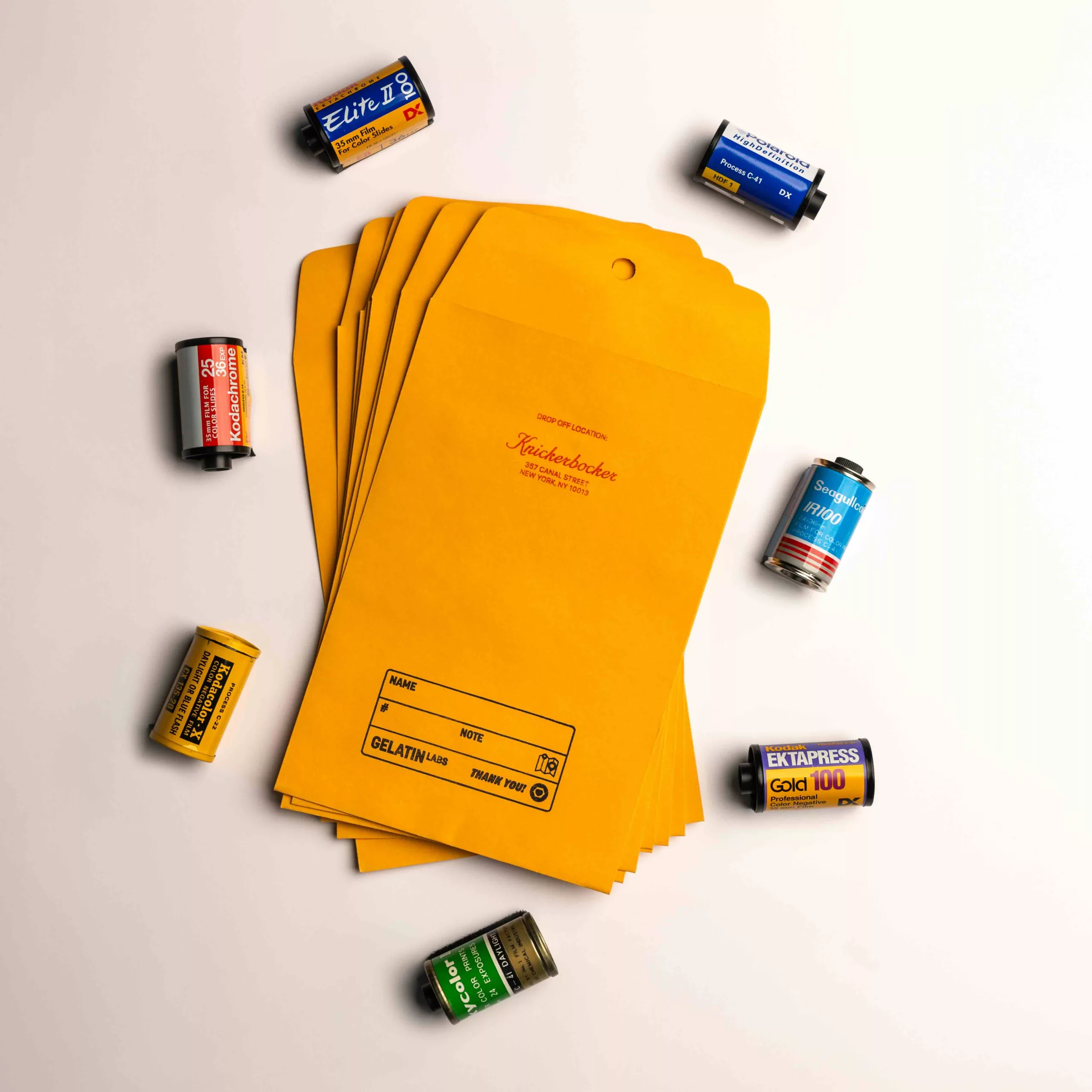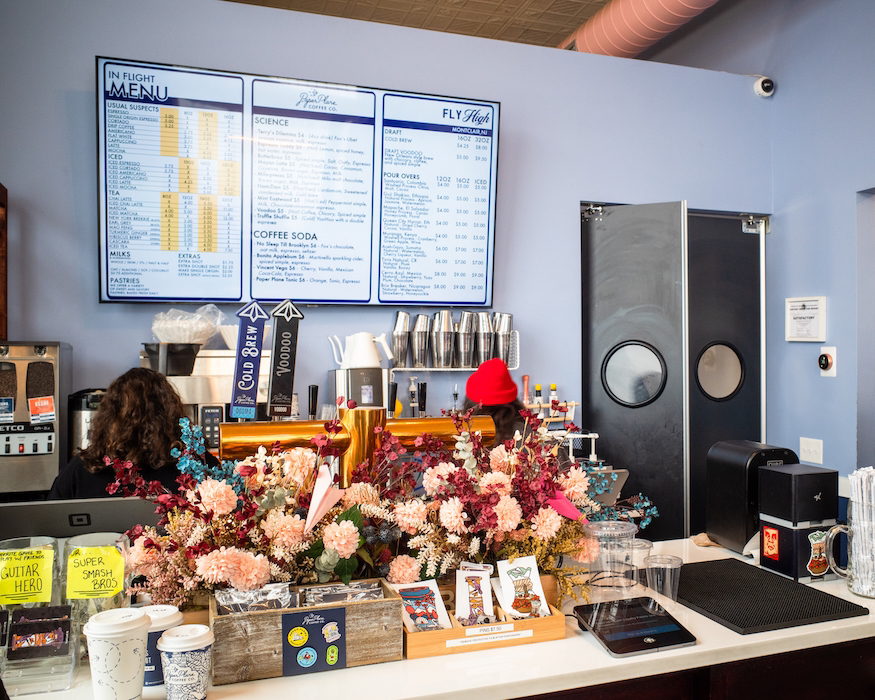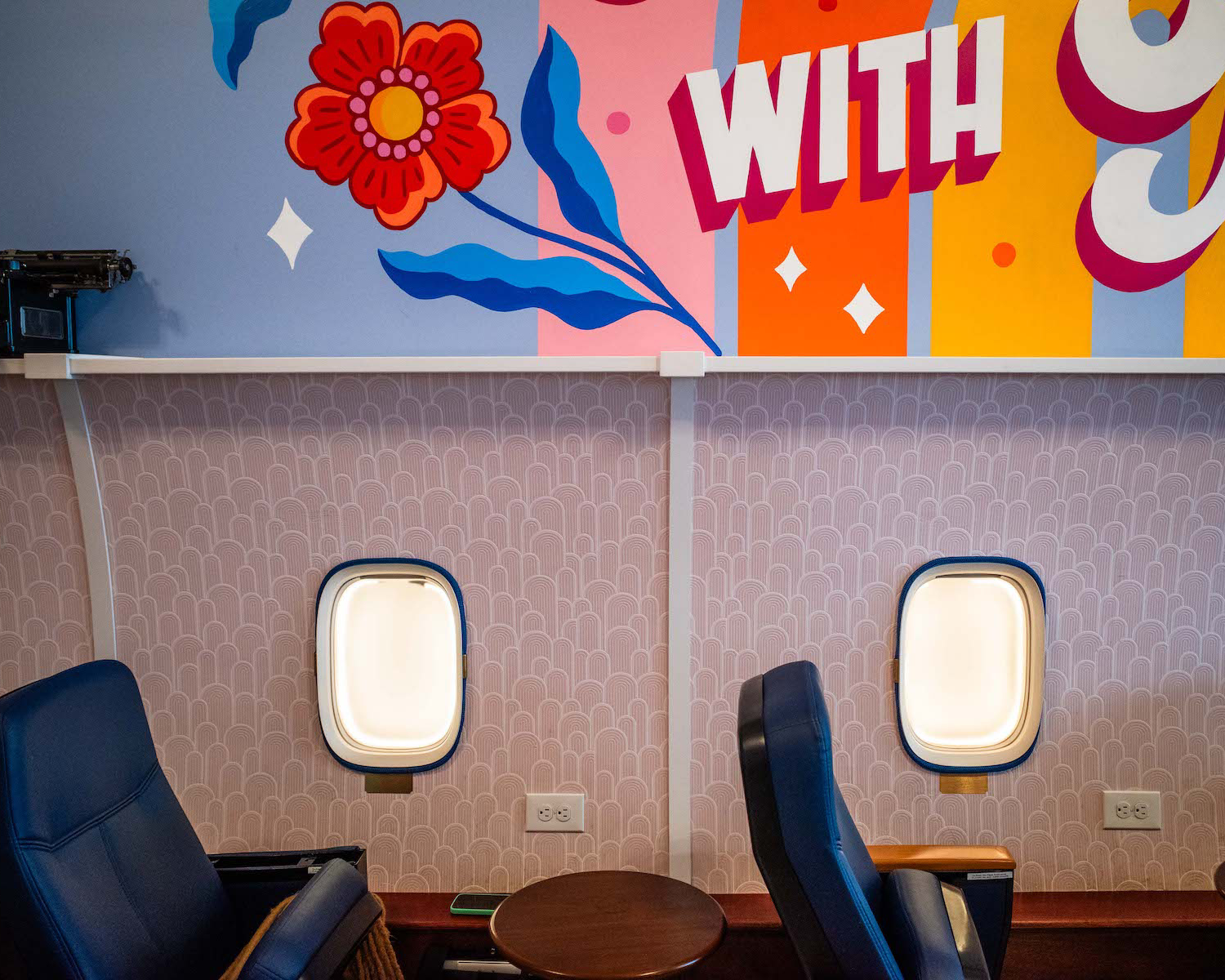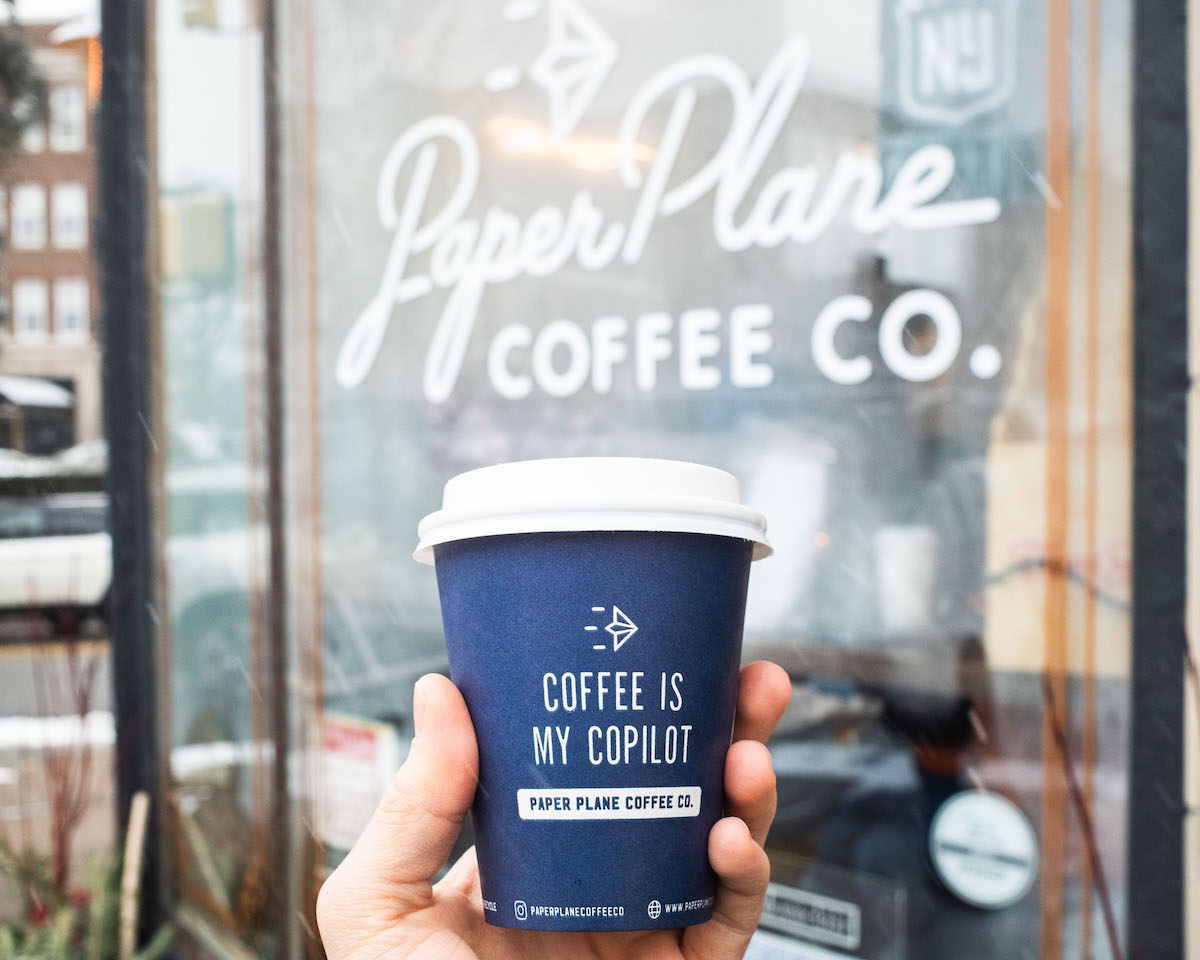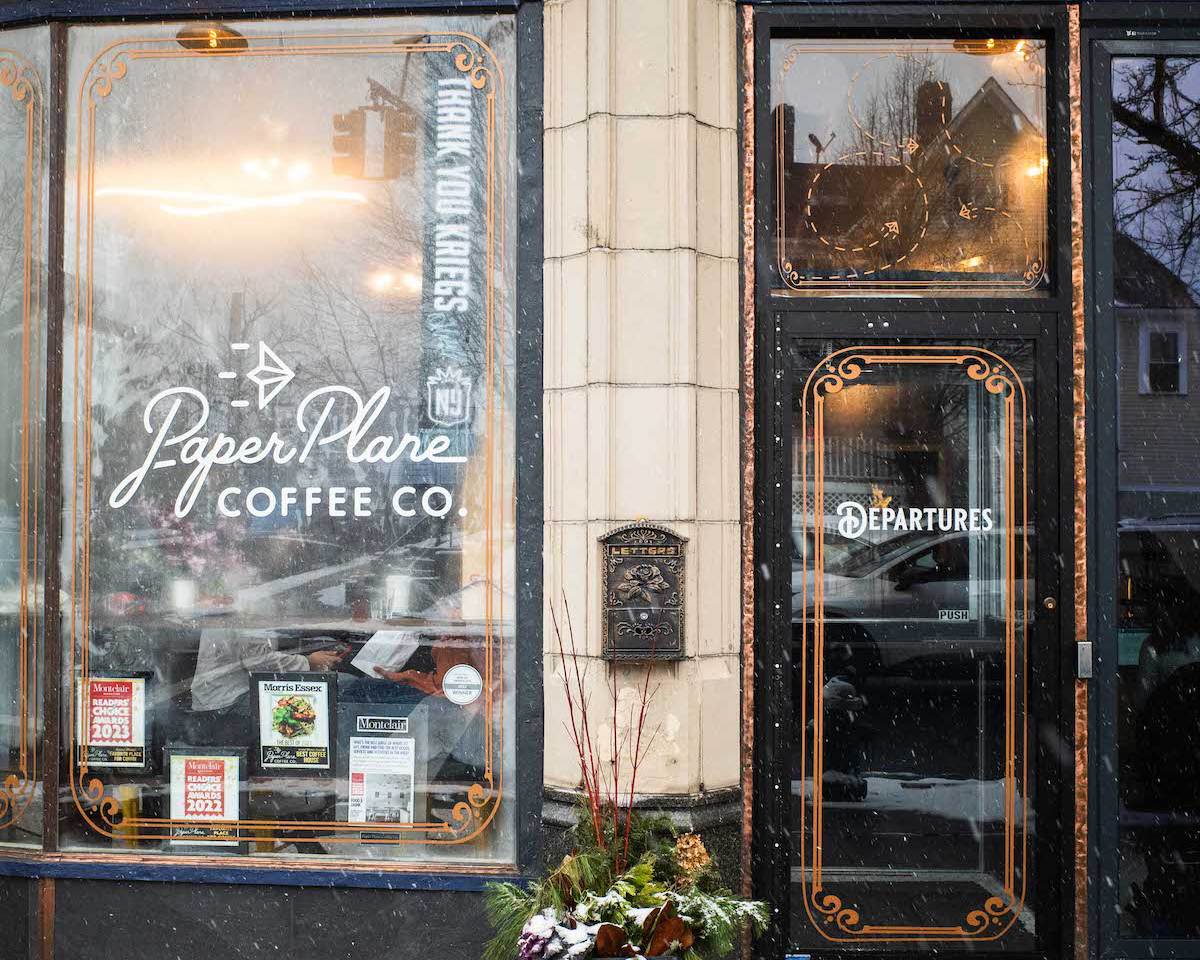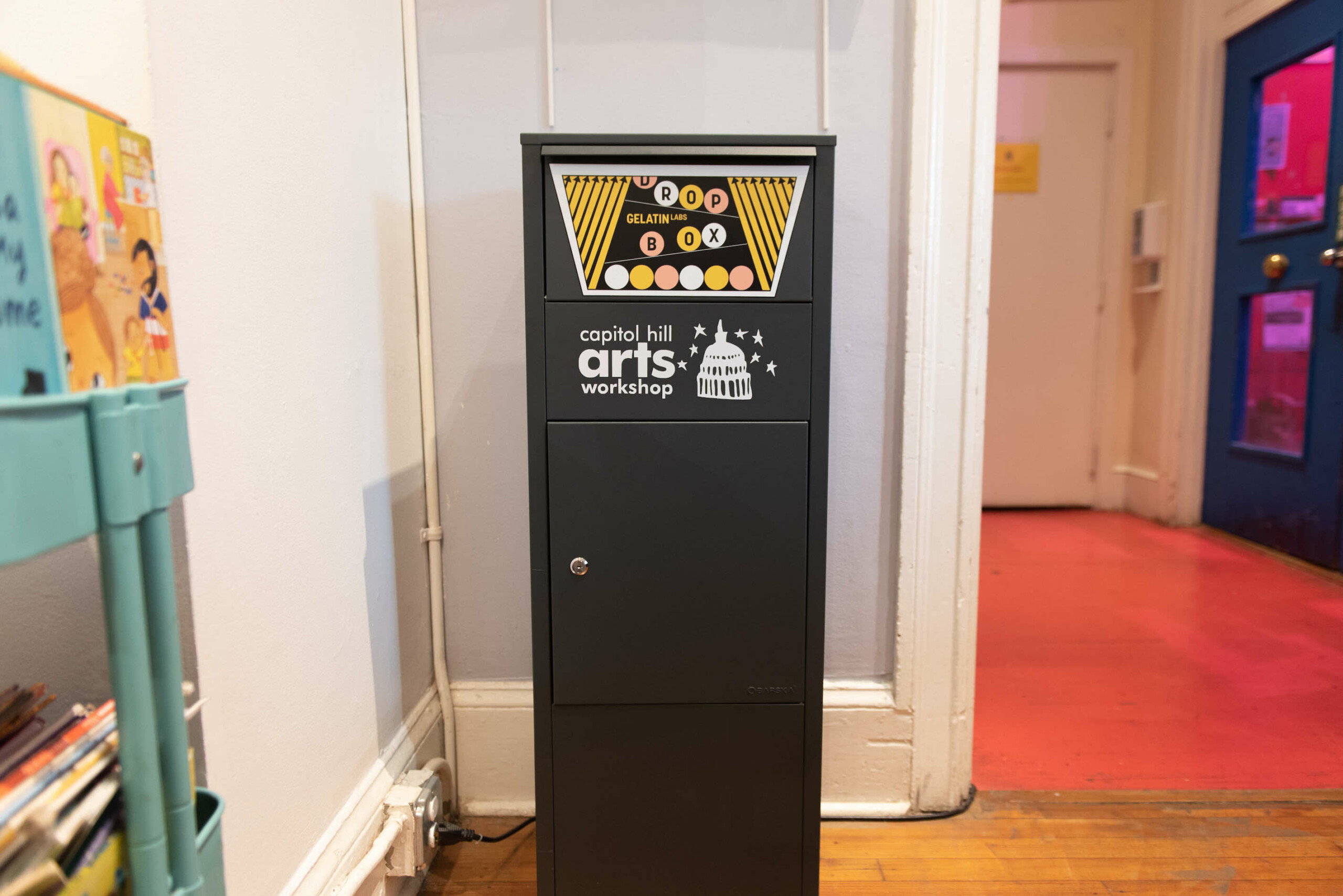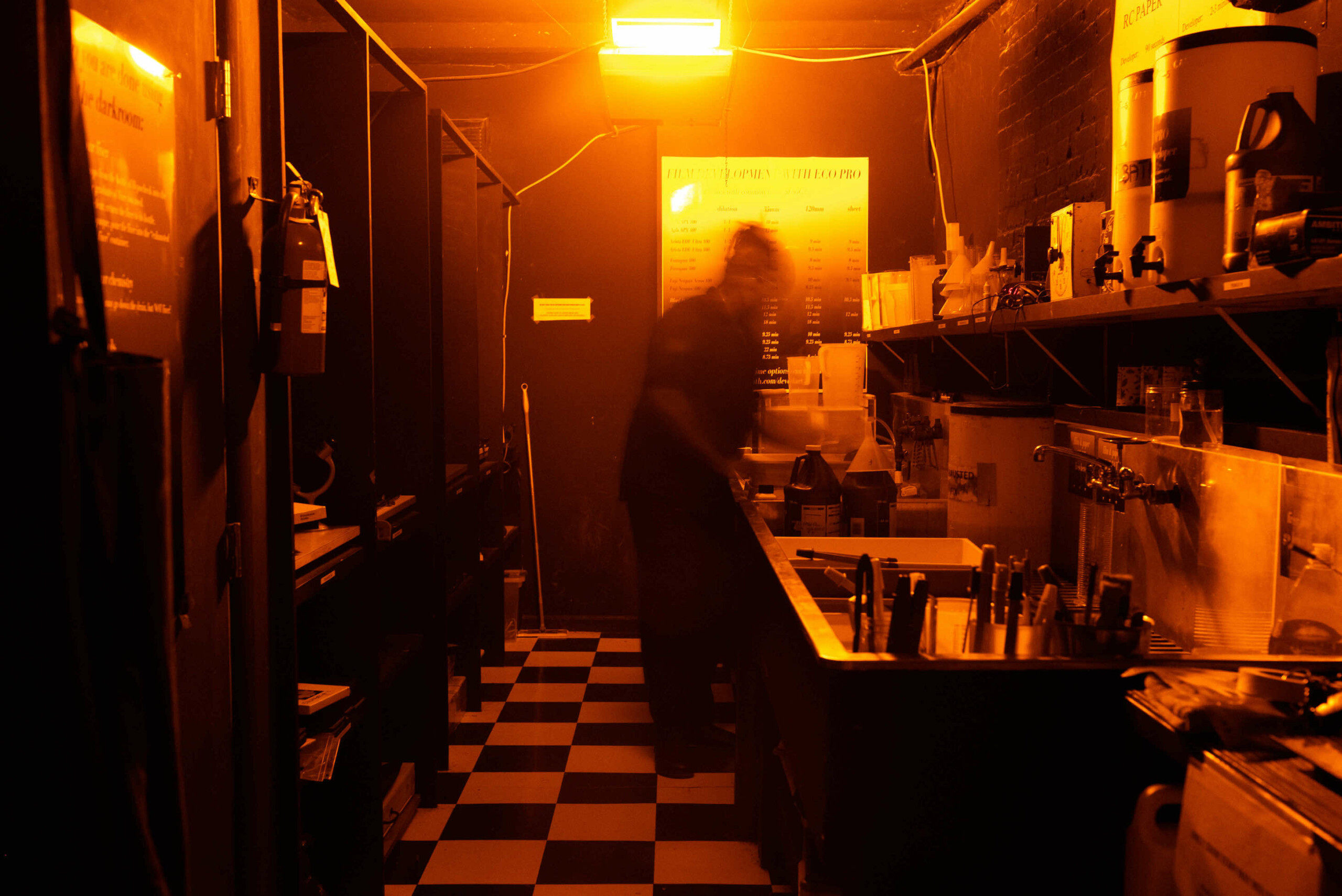| Brooklyn-based film photographer, David Imel, discusses his experience photographing Banff, Canada, and shares stunning photos from his trip. The images showcase the variety of film formats and sizes David works with, including medium format, panoramas, and large format exposures of beautiful landscapes. David gets into what drew him to Banff, working with challenging weather and lighting conditions, and scanning film–both intentionally and incidentally. |
Every few months, a group of friends and I travel to different parts of the world for a week of photography. We rotate a lot between cities and landscapes, but being a boy from the Sierra Nevada mountains in California, my heart longs for the nature trips in particular.
Our last trip took us to Banff, a massive mountain range in Canada just a couple of hours west of Calgary. Banff is effectively an extension of Glacier National Park – a place I visited and was blown away by last year. I’d traveled by myself for that trip, so this time I was stoked to show my friends the unique beauty of this part of North America.
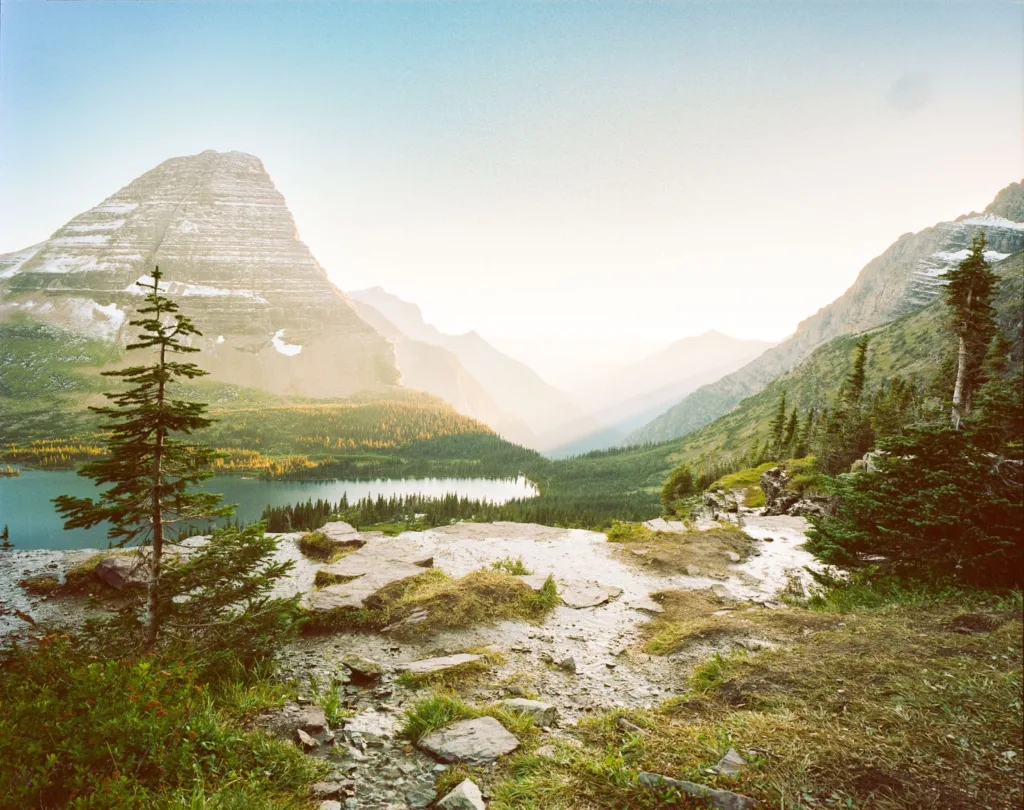
A big part of this trip to Banff was centered around my obsession with mountains. I’m working on a long-term project around mountain ranges, and I’ve long heard of sweeping vistas and cloudy blue lakes in this part of Canada. Fortunately, my friends obliged.
Unfortunately, our timing for arrival here was a bit off. There’s obviously no way to predict the weather months in advance, but the first three days of our trip were plagued with intermittent rain and rolling dark clouds. This wasn’t ideal – I’d come hoping for vibrant colors illuminating the trees and valleys, at least at sunrise and sunset. But varying weather conditions are a part of life, and honestly, the cloud cover can make it easier to expose slide film during the day, since it has much more limited exposure latitude compared to negative film.

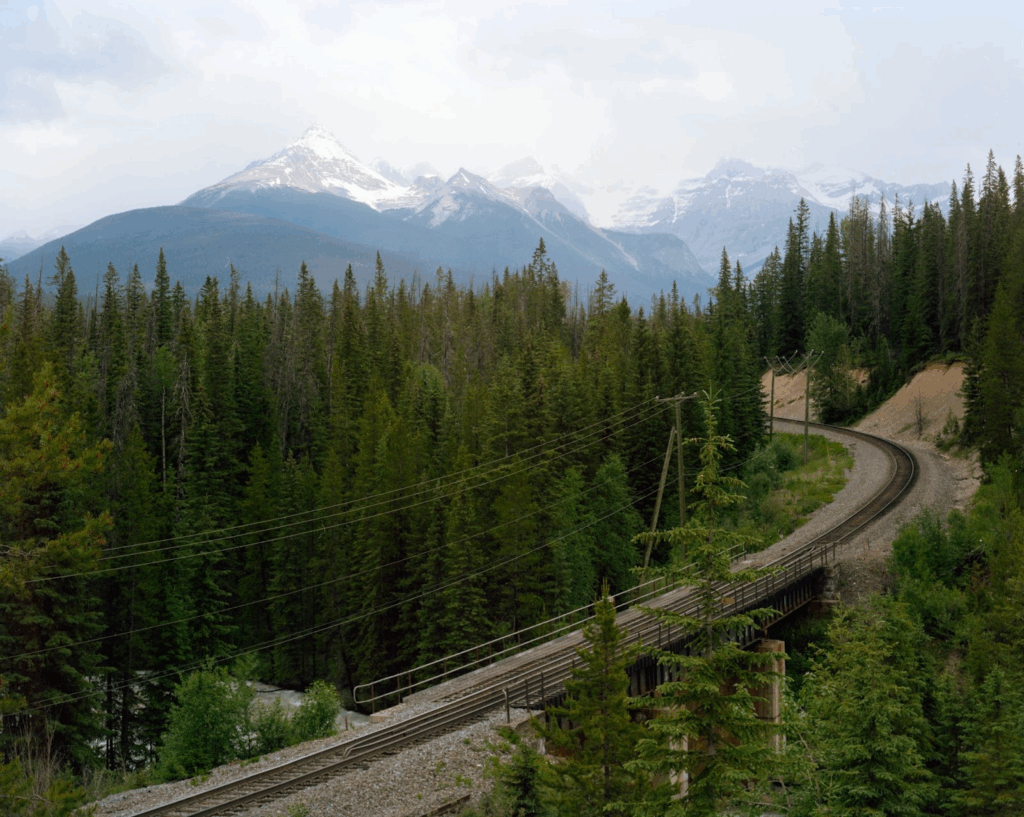
The weird weather wasn’t all bad, though. Clouds can add a lot to a composition, and sometimes allows the sunlight to accent an image. Take the image below. We sat at this spot for a good 45 minutes, waiting for the sun to make an appearance, and the few moments of sunlight gave the resulting panorama much more contour and depth vs either a perfectly sunny day or one that was completely overcast.

Our search for good light would continue for about 4 days, where we’d find intermediate good frames of rivers and valleys. If I’m completely honest, a lot of the images I shot during the thick of the trip were mediocre. But occasionally, we’d find a gem.
2 days before we left Banff we decided we’d go out into the countryside to shoot abandoned barns, but on our way out of the park, the weather suddenly got spectacular, and we managed to nab a few good frames.

Out in the countryside, the weather was completely different. It would go from cloudy and rainy to not a cloud in the sky in the span of a few minutes, and the bright, midday sun made for some great frames.
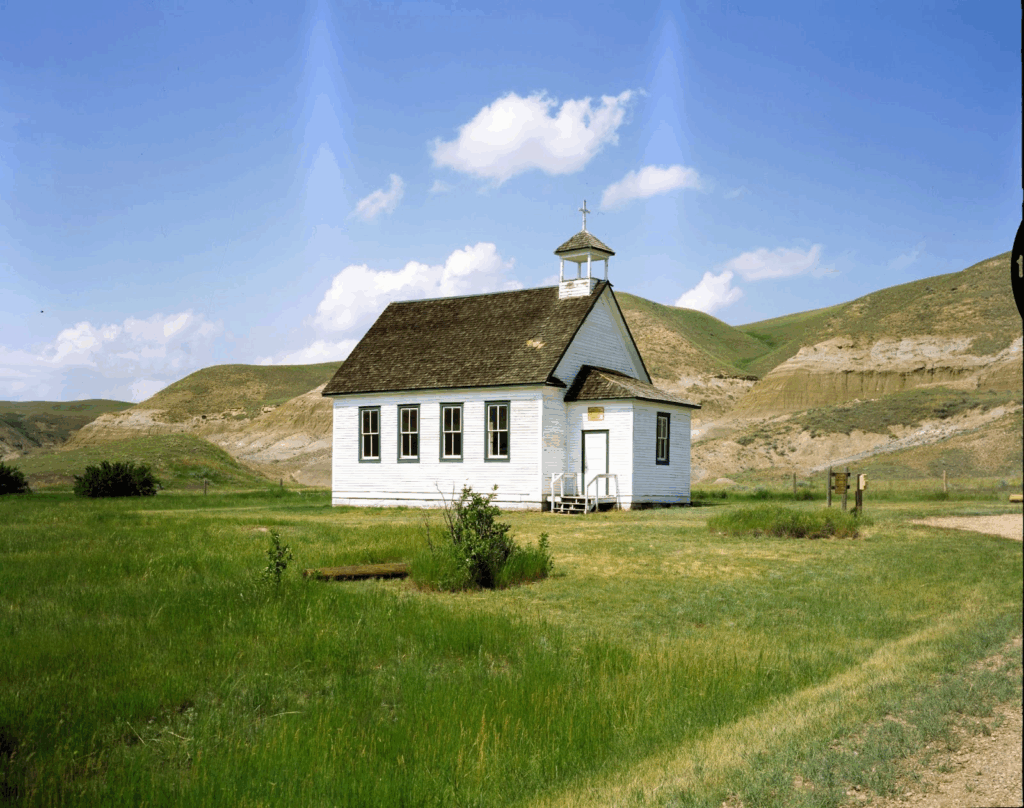
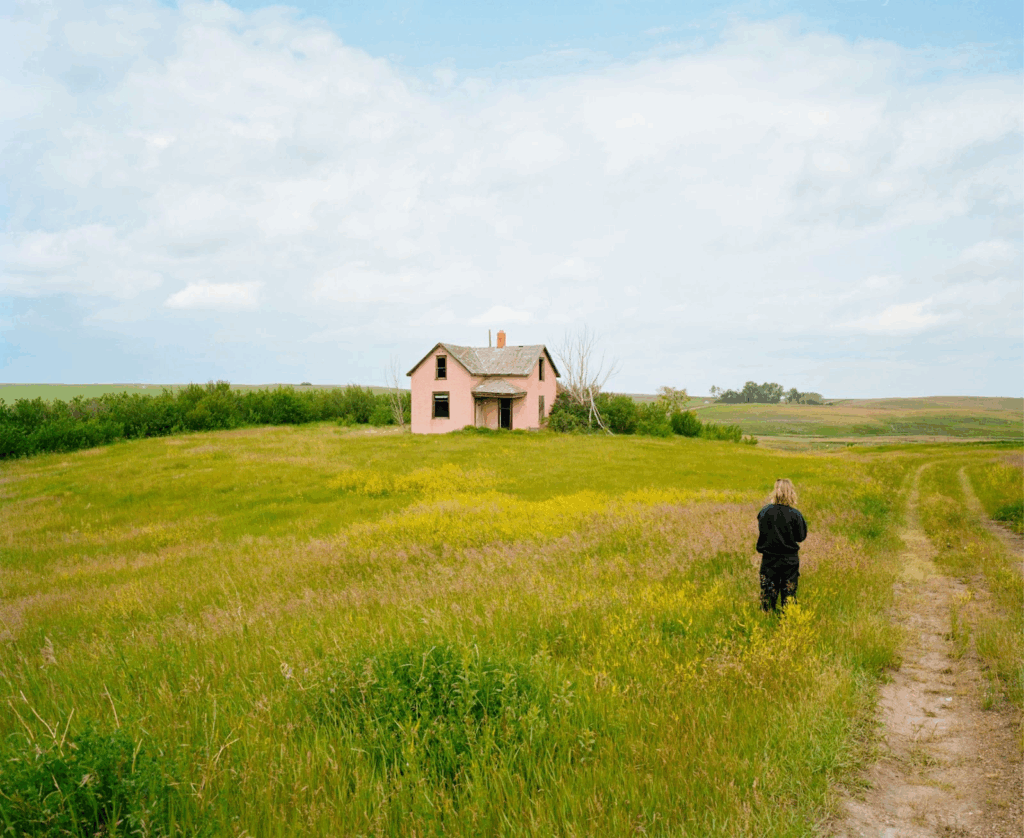

A bright, sunny day at midday works effectively the same as a cloudy one, with even, though much more intense light draping the landscape. This kind of lighting in such a flat, barren landscape made for a great location to shoot minimalist photos, and I was much more pleased than I anticipated, despite the lack of mountains and rivers.
When I got home, I dropped all my film off at Gelatin and waited for my chance to scan them. I somehow came into possession of a Hasselblad Flextight 646 scanner, also known as an Imacon. This is a virtual drum scanner, which bends the film around a path and scans it line by line to achieve perfect focus. Although not QUITE as high quality as a true drum scanner, it can achieve shockingly high-quality results.
While scanning everything from the trip, I came to realize that a ton of the images had strange fogging or artifacting, which I quickly realized was the result of a CT Scanner. At some airports, including LaGuardia in Queens, New York, the X-Ray scanners have been updated to CT scanners, which produce a 360-degree view of the contents of your bag. Unfortunately, these scanners can ruin your film even more than a normal X-Ray. On the way to Canada, I realized that I hadn’t packed my bag well and was forced to run my film through the machine to avoid holding up the line. The result is the following.
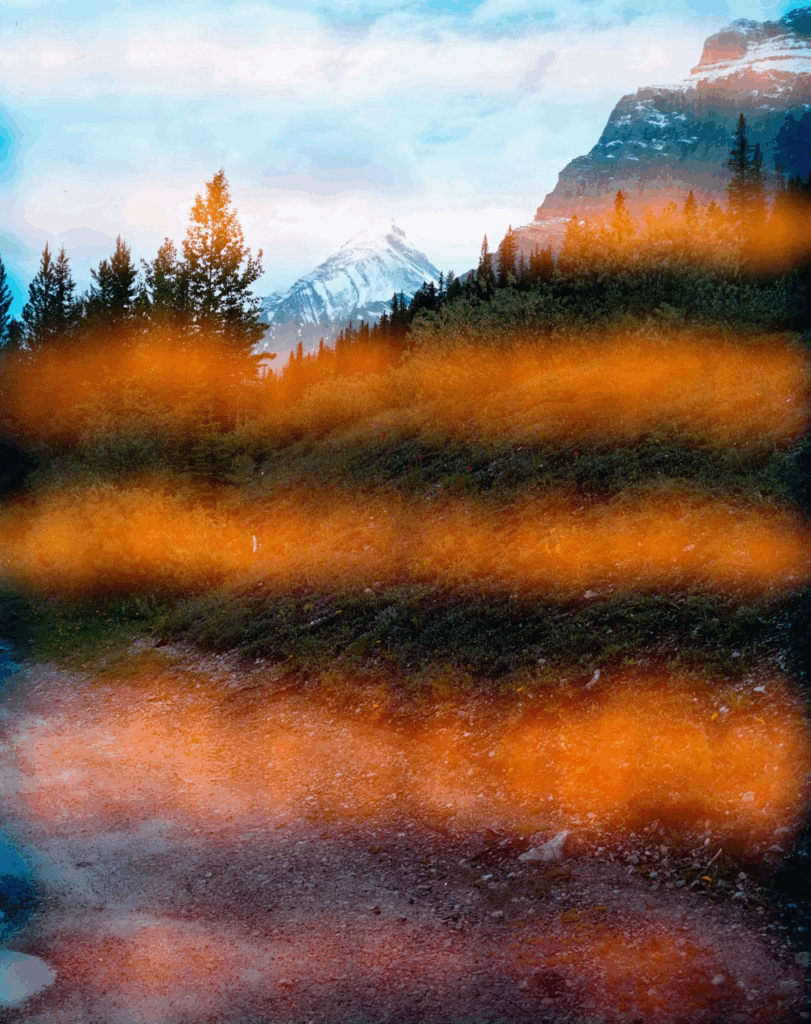
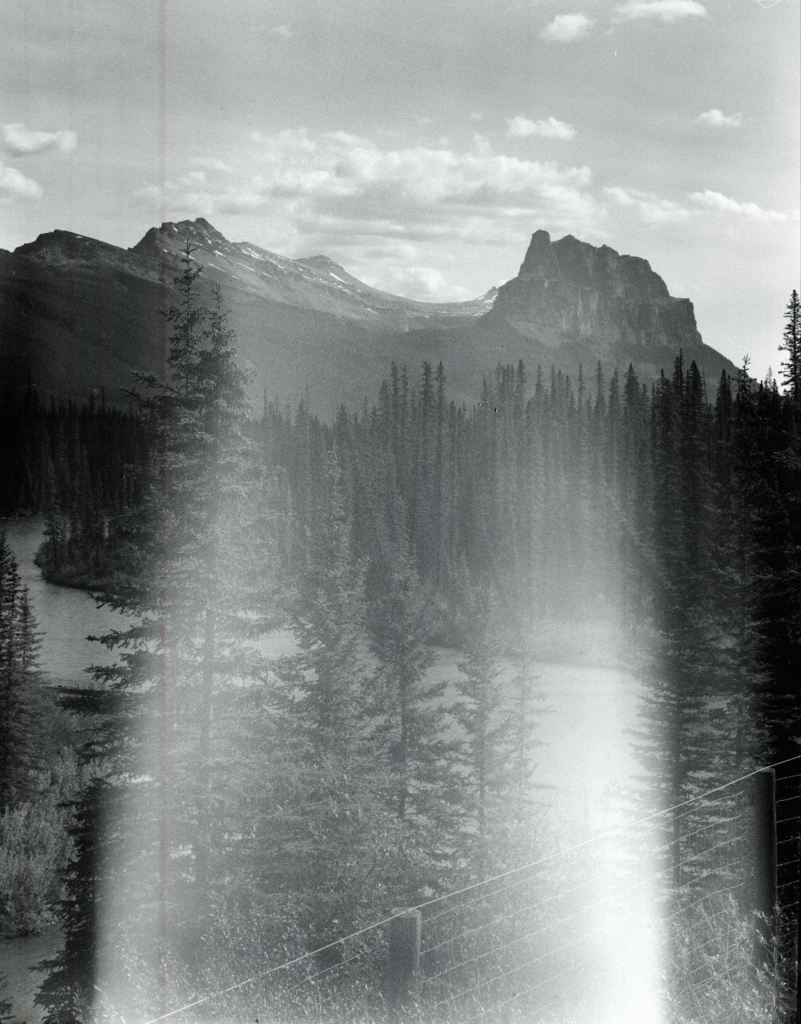
About half my film from the trip turned out this way, which was a pretty big bummer. But when you shoot film, you’re always playing with fire. The way I see it, that’s the fun of it, though. On an equal, if not higher number of shoots, I get a shot I never expected, and it becomes a personal favorite. And even so, some of these ruined frames would look pretty damn good on a t-shirt.
BTS:
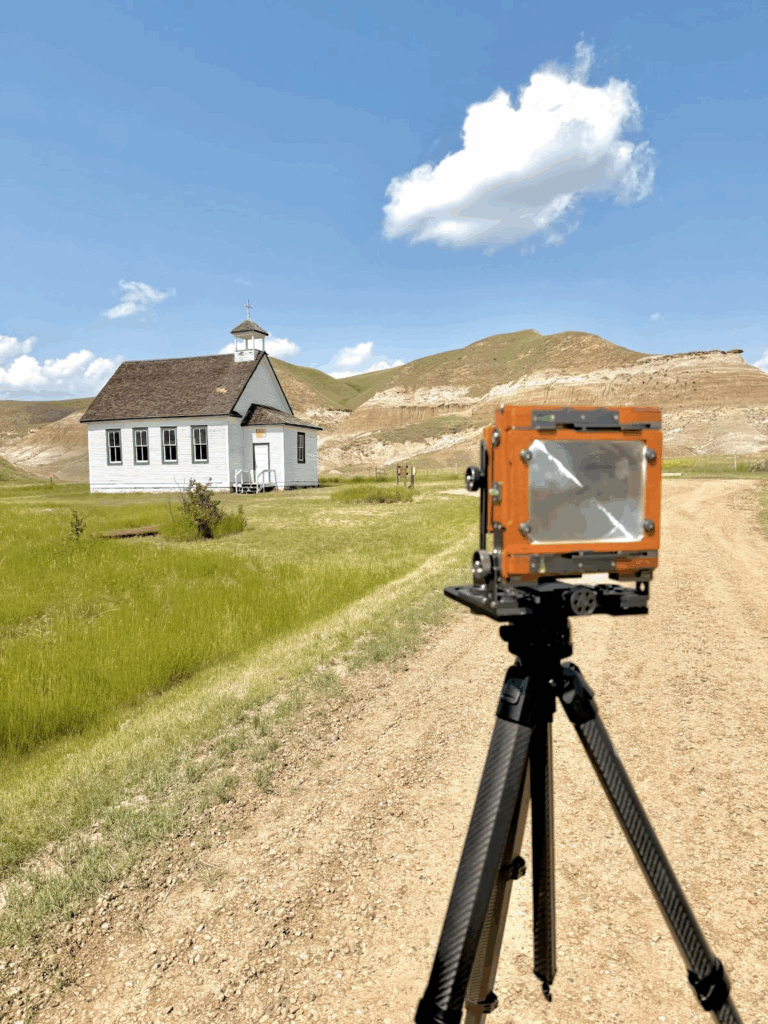
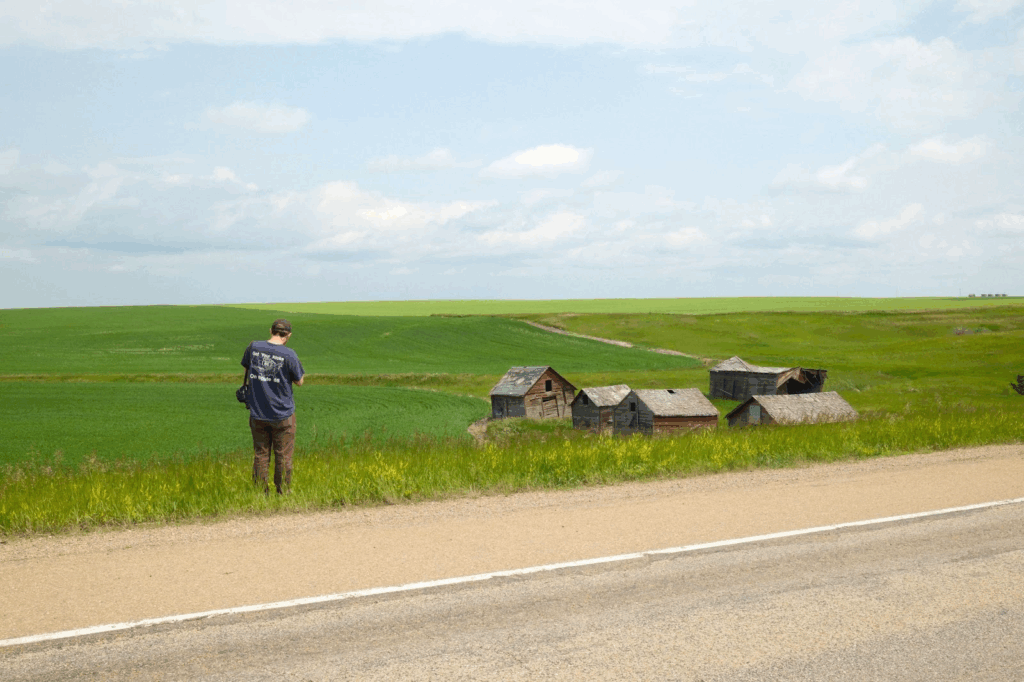
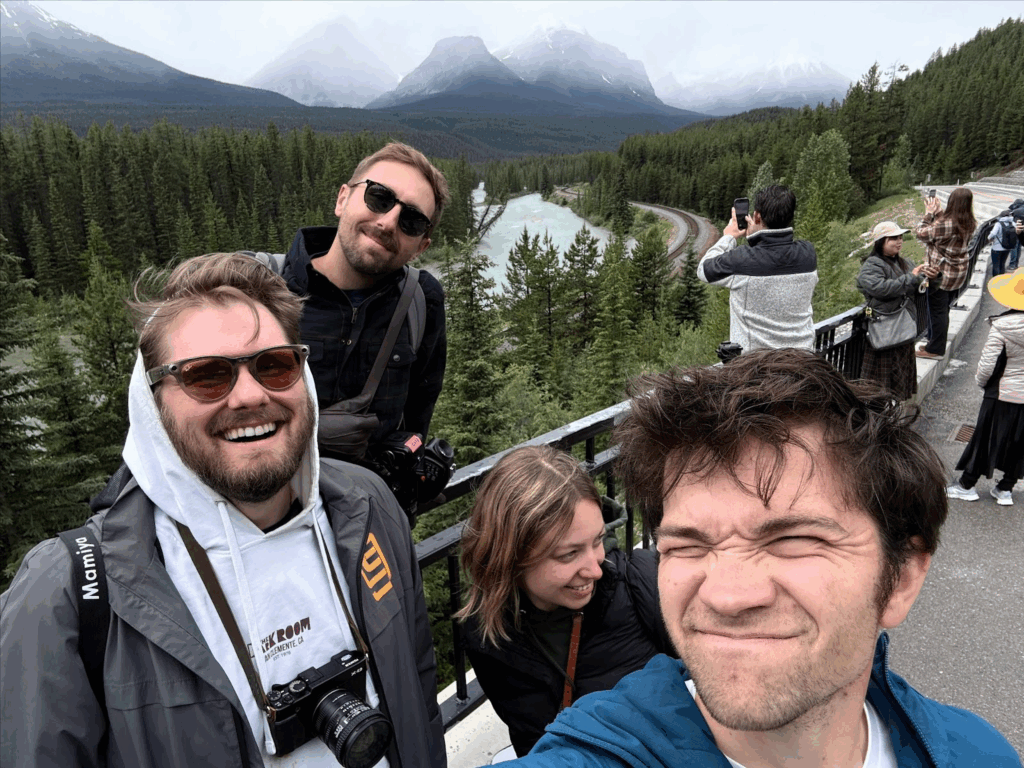
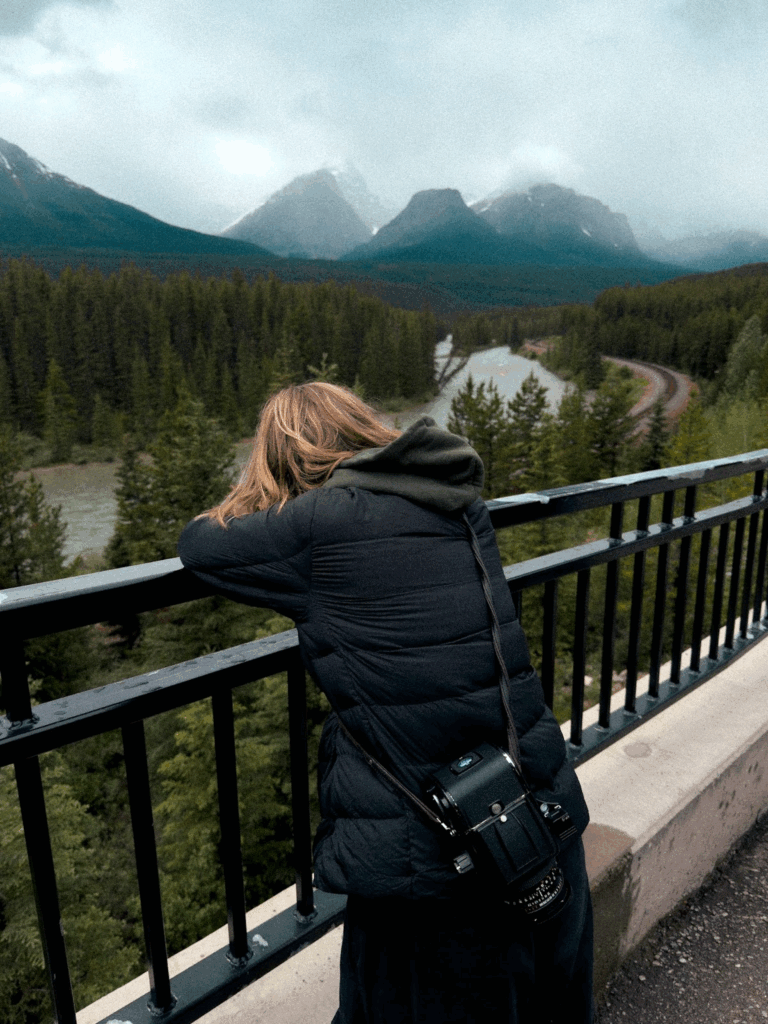
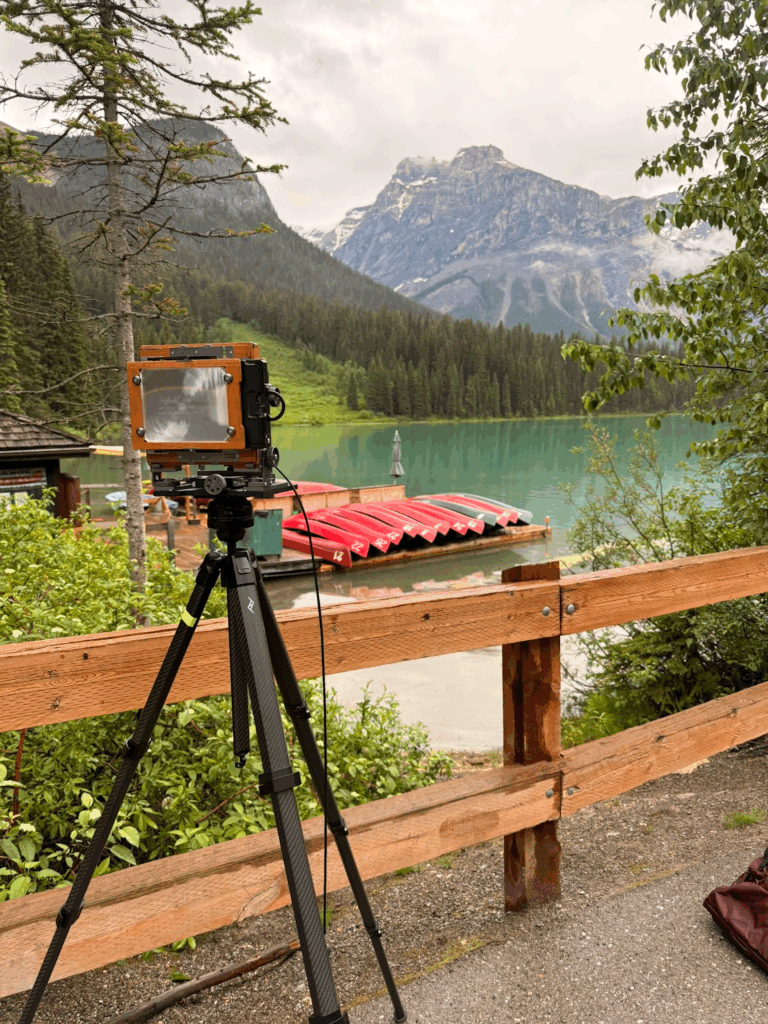
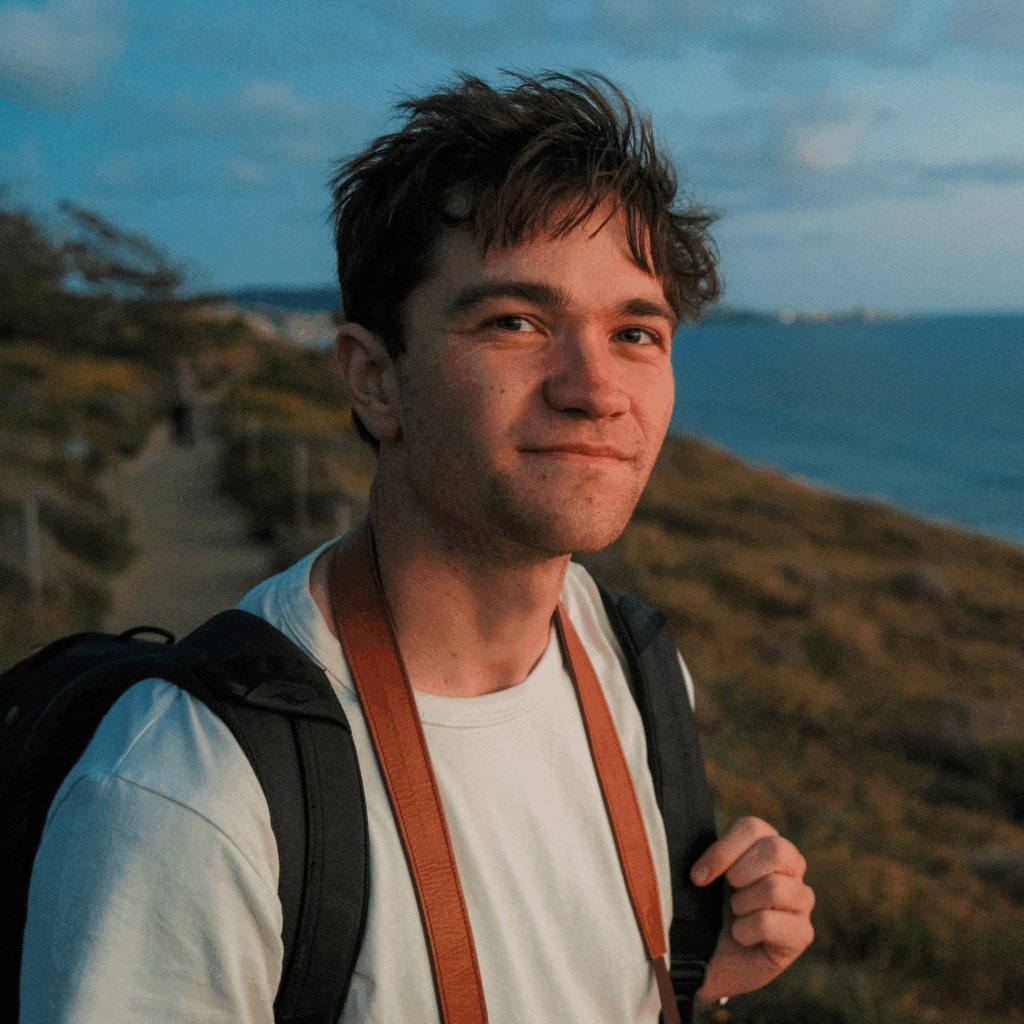
Hi, I’m David.
I’m a technology journalist living in Brooklyn, New York. I’m a writer, researcher and producer for the MKBHD YouTube channel and co-host the Waveform podcast. You can find my videos on The Studio YouTube Channel and my personal YouTube Channel.







